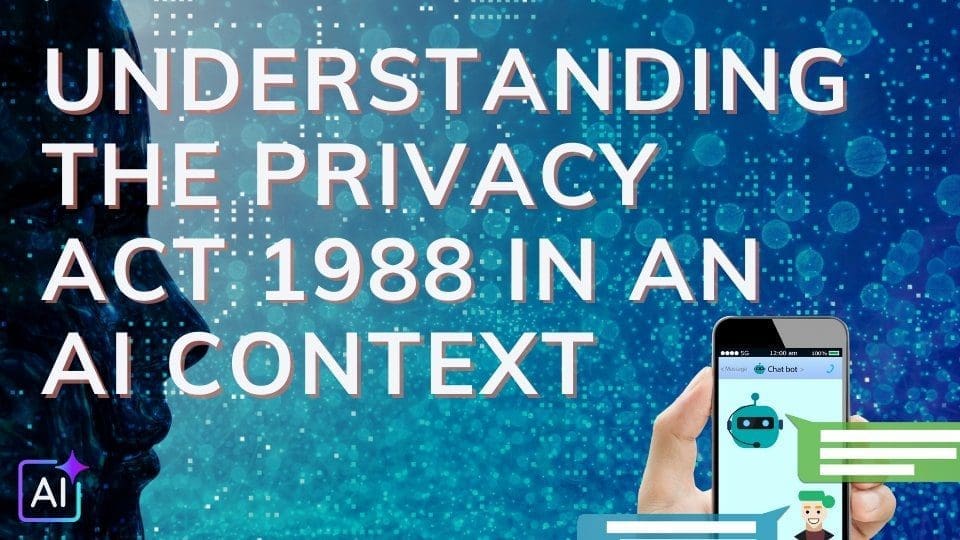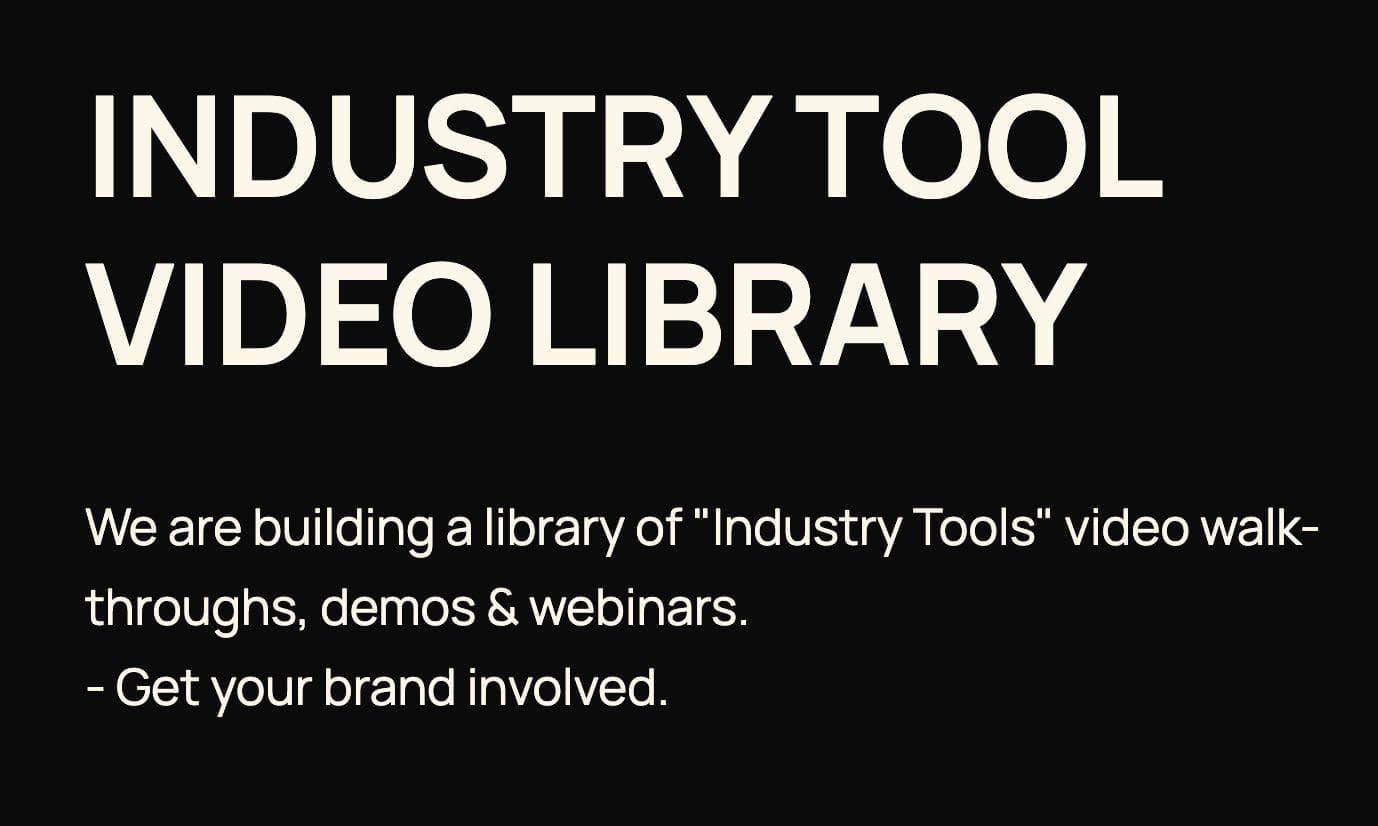AI Learning Centres:
- AI – Learn The Basics
- Get The Most From ChatGPT
- Branding in The Age of AI
- AI for Client Experience
- AI For Prospecting
- AI For Marketing
- AI For Listings & Ads
- Team Adoption of AI
- AI For PM
- AIO & Generative Search
- AI For Operations & Efficiency
- AI For Market Research & Analysis
- AI Ethics, Privacy & Compliance in Real Estate
Digital Marketing & Social Media Learning Centres:
Guides & Downloads

Understanding the Privacy Act 1988 in an AI Context
Why care about ethics, privacy & compliance?
Putting people’s data into an AI tool is not just a tech choice – it’s a legal promise to every buyer, seller, tenant and landlord that their personal details are safe. Failing to keep that promise can trigger fines of up to $50 million and serious reputation damage. (OAIC)
The Privacy Act 1988 – the rule-book in 60 seconds
Applies to any real-estate business that turns over more than $3 million a year, or any size if it handles health, credit-reporting or tax-file-number data.
Built around 13 Australian Privacy Principles (APPs) that spell out how to collect, use, store and share personal information. (OAIC)
Strengthened by the Privacy and Other Legislation Amendment Act 2024 – new infringement notices up to $66 000 per breach, a future tort for serious invasions of privacy, and a 24-month deadline (11 Dec 2026) to explain any automated decisions that affect people’s rights (for example, an AI score that ranks tenant applications).
The 13 Australian Privacy Principles in plain English
Be open: publish an easy-to-read privacy policy.
Offer choice: let people stay anonymous when you can.
Collect only what you need: no more, no less.
Delete junk data: destroy info you never asked for.
Tell people up front: why you need their data.
Use data for the stated reason only.
Respect “no junk mail” rules.
Protect data sent overseas.
Don’t misuse government IDs.
Keep information accurate.
Keep it secure.
Give people access quickly.
Fix errors when asked. (OAIC)
What does “personal information” look like in property work?
Names, phone numbers and emails in your CRM.
Photos or videos of tenants during inspections.
ID checks (driver licences, passports).
Bank statements, payslips, and employment details in a rental application.
Location data from property-search apps.
AI risk hotspots for property professionals
| AI task | Why it’s risky | How to stay safe |
|---|---|---|
| Chatbots answering buyer questions | Staff may paste private notes into the prompt window. | Mask or remove any personal fields before pasting. Use a private, enterprise AI where possible. (OAIC) |
| Lead-scoring models | Automated decisions must be disclosed in your privacy policy by Dec 2026. | Start mapping every AI-assisted decision now. |
| Uploading photos to vision-AI for defect detection | Photos can contain children, number-plates or faces (sensitive info). | Crop or blur before upload; get written consent. (OAIC) |
| Using free generative-AI tools to draft emails | Anything you type may train the tool. | Never paste personal or financial data into public AI systems. (OAIC) |
Five-step compliance checklist
Audit your data flows – map who supplies data, where it is stored, and which AI tools touch it.
Update your privacy policy – explain any AI use, automated decisions, and overseas transfers (easy copy-paste into website footer).
Run a Privacy Impact Assessment (PIA) before rolling out new AI features.
Train your team – short sessions on spotting privacy red flags; include contractors and photographers.
Prepare for breaches – the Notifiable Data Breach scheme expects assessment, containment and notification within 30 days if serious harm is likely. (OAIC)
Ethics in action – golden rules
Fairness: check AI outputs for bias (e.g., don’t rank tenants lower based on postcode alone).
Transparency: label AI-generated content; tell vendors when a report is AI-assisted.
Human oversight: keep a person “in the loop” for any decision that could cost someone a home or sale.
Data minimisation: only feed the AI the fields it truly needs.
Accountability: assign a privacy champion in the office to review new tech before go-live.
Penalties & real-world pain
Civil penalties up to $50 million, 30 % of turnover, or 3× the benefit gained – whichever is greater. (OAIC)
Infringement notices can stack per breach (e.g., each unsecured tenant file).
Class-actions will become easier once the new privacy tort takes effect mid-2025.
What’s next?
Tranche 2 reforms (after the 2025 Federal election) may add a “fair and reasonable” test, extra individual rights (erasure, objection), and remove the small-business exemption – stay tuned.
OAIC promises tougher audits and guidance focused on AI transparency and security.
Quick reminder
This guide is general information, not legal advice. When in doubt, talk to a privacy lawyer familiar with the real-estate sector.
Author – Ken Hobson.






